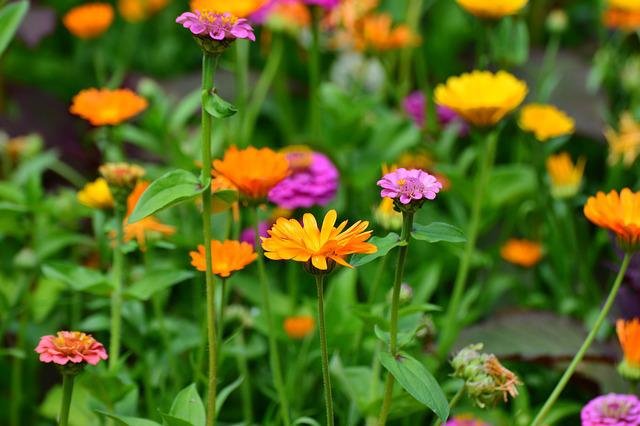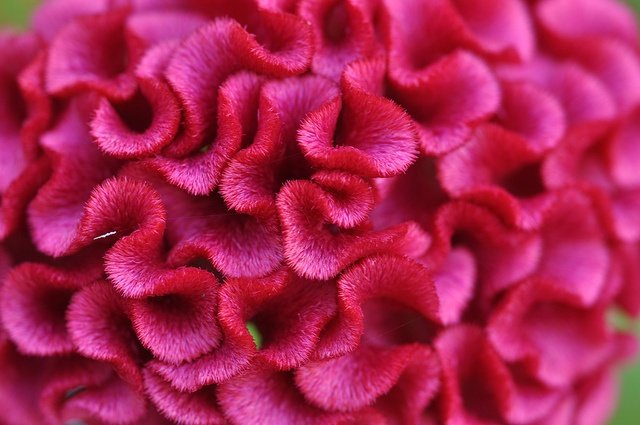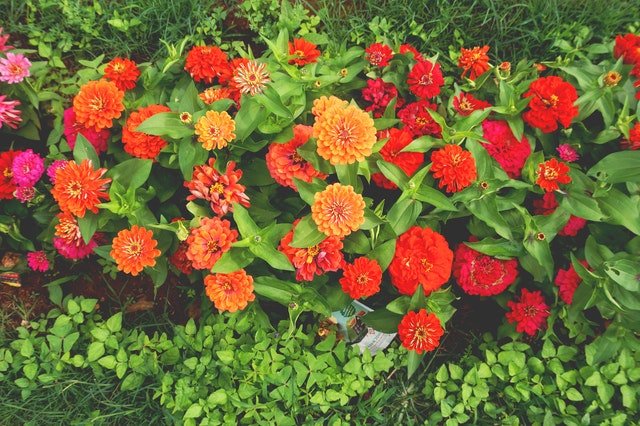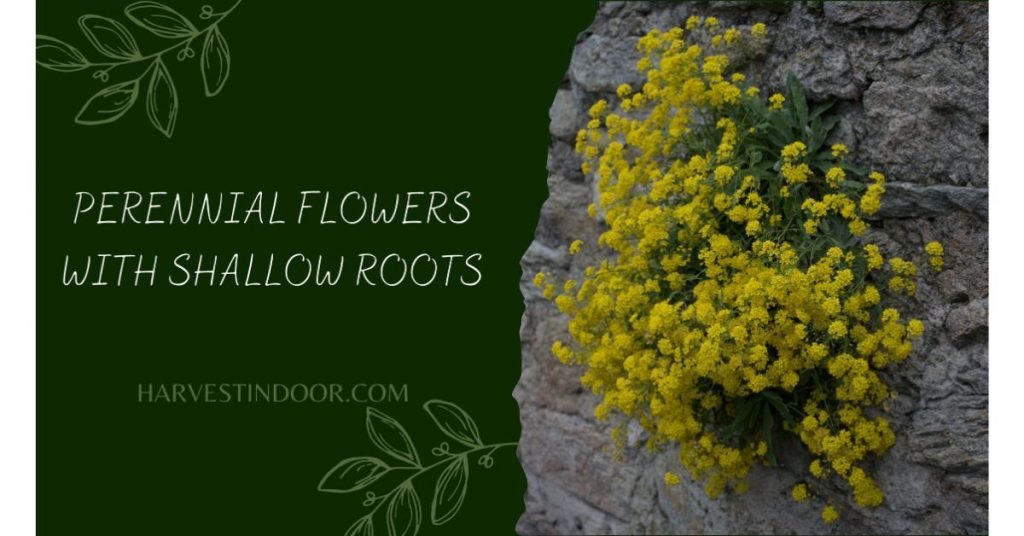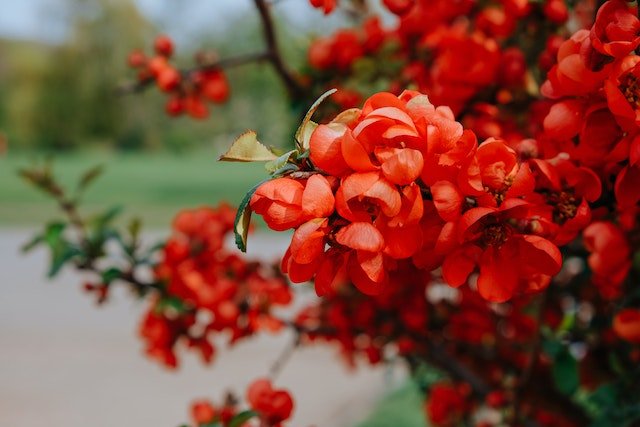As someone who loves gardening, it must be frustrating when we see our beloved plants wither (or even die) due to certain pests and diseases.

Like other plants, sunshine ligustrum problems are also suspectable to these diseases. Yellowing and drying leaves, alongside dropping leaves, are just a few problems you’ll encounter when growing this easy-to-maintain plant. But worry not! With the right and proper care, we can always eliminate these problems.
Table of Contents
What you need to know about sunshine ligustrum.
Sunshine ligustrum (Ligustrum sinense) or Chinese privet is an evergreen shrub with vertical stems, covered with small, elongated oval-shaped, glossy golden and yellow leaves. White flowers appear in summer and for some, it produces an unpleasant fragrance. They grow up to 180 centimeters tall and 120 centimeters wide.

This popular ornamental plant likes areas with full and partial sun, plus dry to medium and well-drained soil. They’re drought, heat, and salt resistant. Don’t forget to always use gloves whenever you want to prune or touch this plant as they’re toxic to pets and can cause severe discomfort if ingested!
Common diseases and problems with sunshine ligustrum.
We can divide common ligustrum diseases into three sections based on what caused the problems. The first one is disease problems. Disease problems are anything that prevents the plant from growing to its full potential. Next are pest and fungal problems, caused by harmful organisms like spider mites and honey fungi.
This organism usually hurts your plant by eating parts such as leaves and stems. Last is abiotic problems, caused by non-living agents. For example, environment and other non-biological factors. We list everything below plus how to fix each sunshine ligustrum problem.
Disease problems:
1. 🌿 Leaf drop and blossom drop
If you see your sunshine ligustrum’s leaves starting to drop, it could be a mix of many factors. Some you should consider are incorrect lighting, low humidity, wrong temperature, wind, incorrect watering, stress, pests, molds, or even malnutrition.
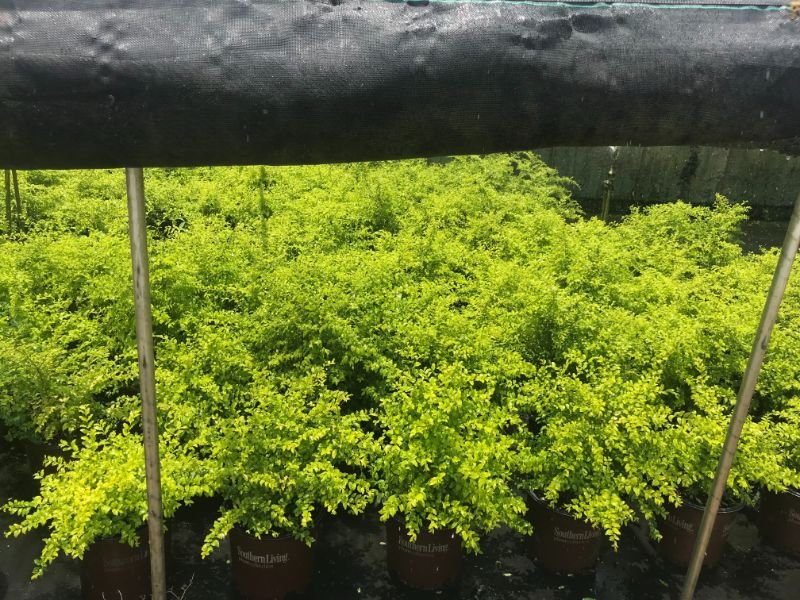
How to fix this: Place your sunshine ligustrum in an area with correct lighting, both with full and partial sun. Increase or decrease the humidity if it’s too much or too low. You may also consider buying a dehumidifier or humidifier for your sunshine ligustrum. Always provide your plant with rich nutrient soil and do not water too much.
2. 🍂 Leaf burn or leaf browning
Leaf burn is a condition where your sunshine ligustrum leaves dead tissue to become dry and browning. Usually starts from the tip of the leaves and extends to the leaves’ veins. Improper watering, too much fertilizer, fungus, molds, and the wrong temperature usually are the main culprits.
How to fix this: Making a daily or weekly schedule should help you control watering. Apply a balanced fertilizer in the spring before growth begins with a formula of 10-10-10.
3. 🍂 Yellowing
Yellowing leaves is another sunshine ligustrum problem. Besides inappropriate watering, poor drainage, dehydration, and harmful organisms, it can also be caused by a lack of nutrients like magnesium sulfur. Lack of sulfur can cause your sunshine ligustrum growth to stunt and result in yellowing leaves.
How to fix this: If you have a problem with poor drainage, consider making holes at the bottom of your pot or container to make sure the excess water drains well. Sunshine ligustrum best grows in soil with a pH between 6 and 8, so always test the pH level. You can add natural ingredients like citrus, coffee, or veggies to enrich the soil.
4. 🌱 Leaf curling
Curling leaves can be a sign of many problems, such as viral and fungal infections, lack of or excess water, and wrong areas of planting with too much or too little heat and lighting. For instance, too much heat can cause stress to your sunshine ligustrum, making the leaves curl to retain moisture.
How to fix this: Consider moving your sunshine ligustrum to a colder area if possible. If not, you can use a fan to bring in cooler air.
5. 🌿 Branch dieback
Branch dieback may be a horrible sight to look at in your sunshine ligustrum. It attacks the plant’s branches, twigs, and stems as a response to pests, poor growing areas, physical injury, or fungal disease. Sometimes it’s also caused by a pathogen called Phytophthora cinnamomi. Branch dieback is spread heavily by water, soil, and contact with diseased plants.
How to fix this: Consider buying and using phosphite, a chemical compound made by artificial and biodegradable fungicide that is usually used to treat branch dieback.
6. 🍃 Leaf spots
Leaf spots are generally caused by fungus or bacteria. The symptoms appear as small round black, dark purple, or dark brown spots on leaves. The color and the diameter size vary on many things such as the development stage, which microorganism causes the disease, and which part of the plants are affected. It spreads by rain, wind, or irrigation that carries the microorganism.
How to fix this: Use fungicide and prune or cut the infected areas quickly. Keep your infected sunshine ligustrum away from other plants for a while and avoid getting water to the infected areas while cleaning it up.
7. 🌱 Root and stem rot
The next sunshine ligustrum problems are root and stem rot. It is caused by several fungi like rhizoctonia, pythium, fusarium, and phytophthora. The visible symptoms are withering leaves, stunted growth, crown, and stem rot, and yellowing leaves all can cause your sunshine ligustrum to die.
How to fix this: First, all you need to do is remove your sunshine ligustrum from its old and infected pot. Sterilize your scissor before using them to cut all the rotting root parts away. Third, prune the rotting stem and then re-pot your sunshine ligustrum to a new, sterilized pot with newly enriched soil.
Pest problems:
1. 🪰 Aphids
Aphids are small insects that feed on your sunshine ligustrum’s sap using its sucking mouthparts. The sap is really important for sunshine ligustrum, as it’s in any other plant since it acts to carry nutrients from the root to the stems.
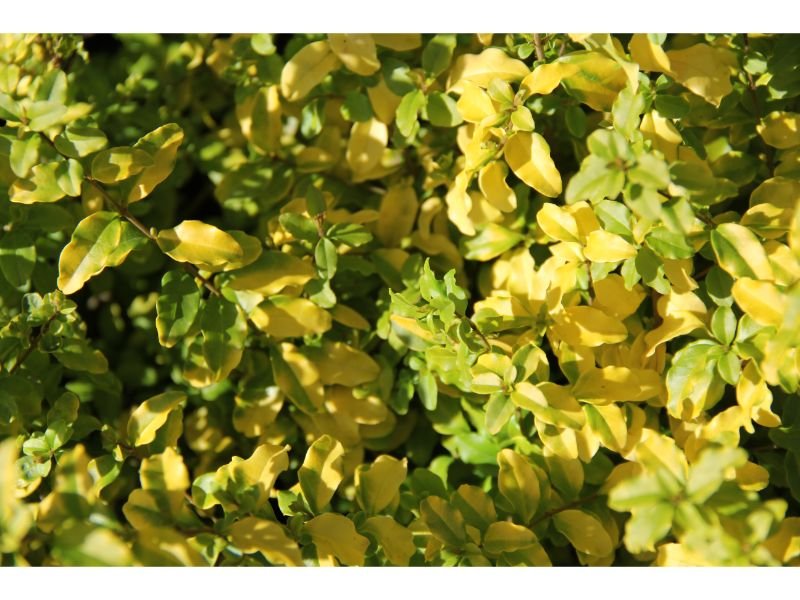
How to fix this: You can get rid of aphids using natural, easy-to-find, and cheap ingredients. First, spray the leaves using a mix of mild soap or essential oil and water. It can be dish soap or neem oil.
Second, invest in natural aphid predators like ladybugs. Release the ladybugs when your garden is soaked with water as they will likely fly away if it’s dry. Another tip, release the ladybugs in the evening as they won’t fly away when it’s dark.
If you wonder how these insects look like and how to get rid of Aphids from your plant, Epic Gardening make a perfect video on how to handle them:
2. 🦟Fungus gnats
Fungus gnats are small, mosquito-like insects that commonly attack indoor plants where moisture is high. Fungus gnats lay their eggs near the sunshine ligustrum’s soil. The eggs will hatch, forming hundreds of larvae that will make your sunshine ligustrum decay. Sometimes it’s also the cause of sunshine ligustrum’s root rot, yellow leaves, and stunting growth.
How to fix this: First, you can get rid of these annoying insects by using sticky card traps. Spread a little sticky material like honey to attract the gnats, and then place the sticky card in its favorite place.
However, we don’t recommend this trick since it only traps gnats by accident. For a more effective way, you can try using a can of cider-vinegar trap, covering the drainage holes, or covering the topsoil with sand.
If your Sunshine Ligustrum is dying from gnats, watch this video for quick remedies:
3. 🐞 Scale insects
Scale insects are small, oval, parasitic insects with protective scale-like skin all over its body. It feeds on your sunshine ligustrum’s sap and often stays on parts like stems, twigs, leaves, and branches.
How to fix this: You can clear out small colonies of scale insects by using a damp cloth or sponge. Using insecticide for adult-scale insects is more advisable. You can mix the insecticide with natural ingredients such as camellia, rhododendron, hollies, and star jasmine.
4. 🪲 Vine weevil
Vine weevils are small, dark garden beetles that will destroy your sunshine ligustrum by eating the edges of its leaves. It commonly attacks container plants. They’re nocturnal animals, so the best time to monitor these pests is during the night when they are most active.
How to fix this: The best way to kill vine weevil is by using commercially available chemical pest control. You can also naturally remove them one by one using your hands at night.
To prevent them from coming back, you may need the help of their natural predators like toads and hedgehogs. Also, spread a non-toxic and non-drying insect glue all around where you planted your sunshine ligustrum. It may trap the female vine weevil since they can’t fly.
5. 🐛 Winter moth caterpillars
Winter moth caterpillars love to feed and leave holes in your sunshine ligustrum’s leaves. It can cause severe defoliation if not threatened quickly.
How to fix this: For non-pesticide control, you can use a grease band that is formulated to reduce winter moth caterpillars during spring. For pesticide control, you can use chemicals like pyrethrins and deltamethrin after blooming time.
6. 🕷️Spider mites

Spider mites destroy your sunshine ligustrum by feeding its cells, making them look yellow and whiter. These super tiny pests also leave spider web-like materials on your sunshine ligustrum parts like leaves and stems.
How to fix this: Spray a mix of rubbing alcohol and water all over the plant. Cover the plant with plastic food wrap for a while to kill the spider mites by dehydrating them. Another solution is by using insecticide. If rubbing alcohol is not available in your house, neem oil can be an effective alternative.
7. 🪰 Whiteflies
Whiteflies are close relatives to aphids who also love to suck the sap off of sunshine ligustrum. Poor growth and yellow and dropping leaves are the results of an infected plant by these pests.
How to fix this: Alongside insecticide, you can use a spray mix of vinegar and water. Repeat the process of spraying it as needed. Using plants with a strong aroma like mints, parsley, cilantro, and onion could also help keep whiteflies away.
Fungal problems:
1. Powdery mildew
White powdery mildew spots are another problem with sunshine ligustrum. They appear on both the upper and lower parts of the leaf. It is mainly caused by fungi named podosphaera xanthii, leaving an appearance of ash-like components that cover the infected areas.
How to fix this: Avoid over-applying fertilizers like nitrogen and provide a place with good air movement.
2. Honey fungus or honeydew

Honey fungus spreads through soil by affecting sunshine ligustrum’s root, later killing the root before decaying it. They mostly attack perennials and woody plants and are easy to spread.
How to fix this: There’s only one natural method to clear honey fungus from your lovely plants. Simply remove all the infected parts, including the root system if it’s also infected, and burn it. Just make sure to always keep an eye on your plant.
3. Gray Mold
Gray mold or botrytis cinerea is a fungal disease prevalent during damp and cool weather conditions. It attacks areas like flowers, leaves, and fruits, causing brown spots and soft decay.
Gay mold affects both healthy and unhealthy plants, so make sure to keep your sunshine ligustrum away from the stress from circumstances like overheating.
How to fix this: Reduce humidity by leaving more space or using a dehumidifier. Prune and remove all the infected parts. Creating a hygienic planting area is important as well.
4. Mosaic virus
Mosaic virus is a parasitic virus that infected a wide range of plants, including sunshine ligustrum. Symptoms include stunted and curled leaves with light or dark green and yellow patches. It can affect the whole plant if left untreated.
How to fix this: Same as honey fungus and gray mold, there’s no cure available yet to treat the mosaic virus. However, you can minimize the effect by eliminating parts of the sunshine ligustrum’s affected area as soon as possible.
5. Verticillium wilt
Verticillium dahliae and V. albo-atrum are the two fungi species that cause verticillium wilt. These fungi infect through the root part, later causing the leaves to turn yellow, wither, with brown or black marks, and also causing branch dieback.
How to fix this: To beat this fungus, you must prune, fertilize, and water properly. Remove the entire sunshine ligustrum plant if it’s affected severely. Fertilize with low nitrogen and high potassium, also do not ever try to plant in the same infected soil or area.
6. Sooty mold
Sooty mold may cause your sunshine ligustrum leaves to appear black and stained. It appears in areas where the air circulation is poor and the humidity level is high.
How to fix this: You can treat this fungus by soaking the plant in a mixture of water and detergent for 15 minutes. However, it might take several weeks for this formula to work because once your plant gets infected by sooty mold, it would be hard to get rid of it.
Abiotic problems:
1. Over and under watering
Do you know that over-watering is just as bad as underwatering your sunshine ligustrum? Both will result in brown and withering leaves. The difference is, too much water will make the leaves feel limp while too little watering will make the leaves feel crispy. Your plant will also be prone to root rot and lack of oxygen from the soil can lead to the plant’s death.
How to fix this: Use the tip of your hands to check whether your sunshine ligustrum needs to be watered or not. If it feels dry, then it’s time to water. Consider buying a moisture meter if possible. Don’t forget to always drain the excess water.
2. Non-Absorbent Soil
The next common problems with sunshine ligustrum are non-absorbing soil. It can be the cause of many factors, like root bound, the quality of the soil itself, not enough water, or excessive weeds. This is a really important problem since the soil is the source of your sunshine ligustrum’s water and nutrients.
How to fix this: First, check if your soil is hydrophobic. A hydrophobic soil won’t absorb well since it drains out water quickly. Change the soil if it’s the problem. Soak the new soil in water if needed but don’t forget to not soak the soil too long. Also, check your sunshine ligustrum’s root.
If the roots are bound, then it’s time to move them to a new bigger container or pot. Lastly, you can use natural compost like coffee to help the soil absorb more water.
Conclusion.
To wrap up everything, common sunshine ligustrum problems can be categorized into four, that is disease, pest, fungal, and abiotic. Most problems can be cured using both chemical and non-chemical methods.
You can eliminate most of these sunshine ligustrum problems by doing the most important things like proper watering, providing a good amount of sunlight, avoiding too much moisture, and choosing the best soil and fertilizers. With this correct sunshine ligustrum care manual, your plant will thank you!

New author in the hood. Loves gardening and flowers are my spirit animals (yes I know they are not animals but I insist). I will be covering most of the flowers’ topics here and occasionally random though as well.


